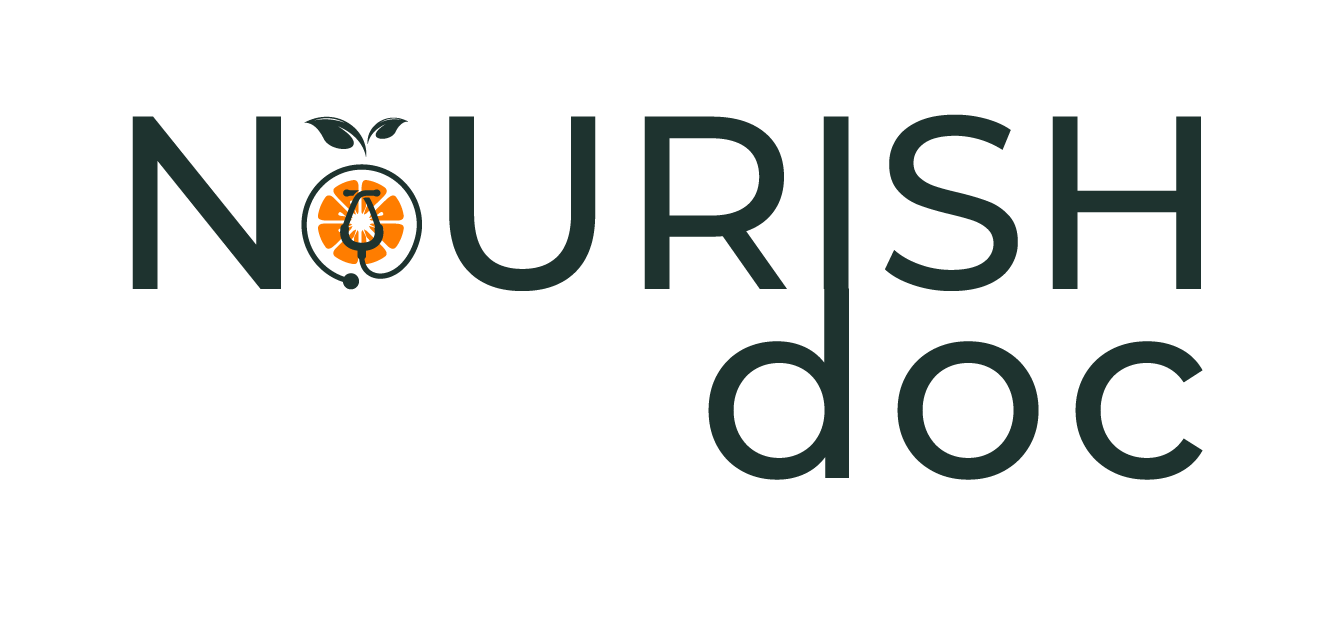Around the world over thousands of years, patients have received root-cause holistic treatment for their diseases with personalized
treatment, diet and lifestyle modification recommendations. Read the inspiring true stories of practitioners who heal people and who recovered
from their problems after infertility treatment at their clinics. Many have been generous to share their knowledge and experience for the benefit
of other holistic experts and patients alike. Many practitioners share their Case Studies and the healing powers of infertility and related therapies
as they heal people who benefited from our expertise.
Differences in bisphenol A and estrogen levels in the plasma and seminal plasma of men with different degrees of infertility.
December 2014
/ onclick=”MoreLine(‘10957’, ‘Differences in bisphenol A and estrogen levels in the plasma and seminal plasma of men with different degrees of infertility.’)”>
…more
/>Physiol Res. 2015 ;64 Suppl 2:S303-11. PMID: 26680493
Environmental Exposure to Triclosan and Semen Quality.
January 2016
/ onclick=”MoreLine(‘10836’, ‘Environmental Exposure to Triclosan and Semen Quality.’)”>
…more
/>Int J Environ Res Public Health. 2016 Feb ;13(2):224. Epub 2016 Feb 17. PMID: 26901211
Phytoestrogens may improve the pregnancy rate in in vitro fertilization-embryo transfer cycles: a prospective, controlled, randomized trial.
December 2004
To compare the effectiveness of i.m. P and i.m. P plus oral phytoestrogens for luteal phase support in patients undergoing IVF-ET cycles.
DESIGN:
Prospective, controlled, randomized trial.
SETTING:
University Hospital, Perugia, Italy. PATIENT(S): Two hundred thirteen infertile patients undergoing IVF-ET were included in the study. The inclusion criteria were use of a GnRH agonist for pituitary down-regulation and age <40 years. The total number of cycles performed was 274. INTERVENTION(S): Patients were assigned to receive either i.m. P (50 mg daily) plus placebo or P (50 mg daily) plus phytoestrogen supplementation (1,500 mg daily) for luteal phase support starting from the evening of oocyte retrieval until either a serum pregnancy test result was negative or embryonic heartbeat was sonographically confirmed. MAIN OUTCOME MEASURE(S): The outcomes of IVF-ET were evaluated in both study groups in terms of implantation rate, biochemical pregnancy rate (PR), clinical PR, spontaneous abortion rate, and ongoing pregnancy/delivered rate. RESULT(S): Statistically significant higher values for implantation rate, clinical PR, and ongoing pregnancy/delivered rate were recorded in the patients who received P plus phytoestrogens for luteal phase support in comparison with patients receiving P and placebo. CONCLUSION(S): Although the results of this study encourage the use of phytoestrogens for luteal phase support in patients undergoing IVF-ET program, more studies are necessary to support the hypothesis that phytoestrogens have a beneficial effect in IVF cycles.
/ onclick=”MoreLine(‘10747’, ‘Phytoestrogens may improve the pregnancy rate in in vitro fertilization-embryo transfer cycles: a prospective, controlled, randomized trial.’)”>
…more
/>Fertil Steril. 2004 Dec;82(6):1509-13. PMID: 15589851
Antioxidant activity of N-acetylcysteine, flavonoids and alpha-tocopherol on endometrial cells in culture.
November 1998
/ onclick=”MoreLine(‘10724’, ‘Antioxidant activity of N-acetylcysteine, flavonoids and alpha-tocopherol on endometrial cells in culture.’)”>
…more
/>Anticancer Res. 1998 Nov-Dec;18(6A):4083-90. PMID: 17343919
Administration of B-group vitamins reduces circulating homocysteine in polycystic ovarian syndrome patients treated with metformin: a randomized trial.
June 2005
The aim of the current study was to assess the effects of B-group vitamins and folic acid administration on serum levels of homocysteine (Hcy) in patients with polycystic ovarian syndrome (PCOS) on short-term metformin treatment.
METHODS:
Patients were randomly assigned to one of three treatment groups. Group 1 patients (n = 20) received metformin (850 mg twice daily); group 2 patients (n = 20) received metformin (850 mg twice daily) and B-group vitamins (vitamin B1, 250 mg; vitamin B6, 250 mg; vitamin B12, 1000 microg twice daily); and group 3 patients (n = 20) received metformin (850 mg twice daily) and folic acid (174 microg twice daily). In all groups, lipid profiles and plasma total Hcy, vitamin B12, folic acid and glucose levels were recorded at baseline and at 3 months.
Results:
A 26.5% increase in Hcy levels was seen after 12 weeks of metformin therapy, while 21.17 and 8.33% decreases in Hcy levels were detected when B-group vitamins or folic acid plus metformin were given respectively. There were no statistically significant differences recorded in insulin sensitivity using homeostasis model assessment in the three groups.
Conclusion:
These findings suggest that B-group vitamins and folic acid administration counteract the Hcy-increasing effect seen with metformin therapy.
/ onclick=”MoreLine(‘9083’, ‘Administration of B-group vitamins reduces circulating homocysteine in polycystic ovarian syndrome patients treated with metformin: a randomized trial.’)”>
…more
/>Hum Reprod. 2005 Jun;20(6):1521-8. Epub 2005 Mar 24. PMID: 15790610
Human cathelicidin antimicrobial peptide (CAMP) gene is a direct target of the vitamin D receptor and is strongly up-regulated in myeloid cells by 1,25-dihydroxyvitamin D3.
July 2005
/ onclick=”MoreLine(‘9051’, ‘Human cathelicidin antimicrobial peptide (CAMP) gene is a direct target of the vitamin D receptor and is strongly up-regulated in myeloid cells by 1,25-dihydroxyvitamin D3.’)”>
…more
/>FASEB J. 2005 Jul;19(9):1067-77. PMID: 15985530






